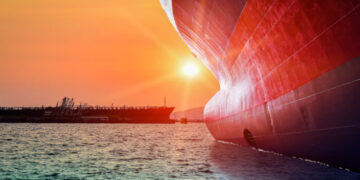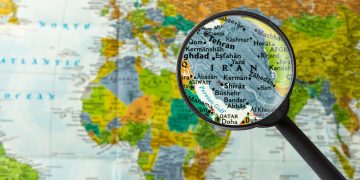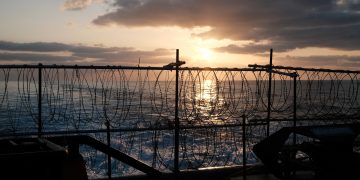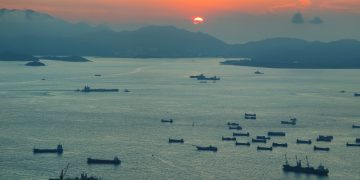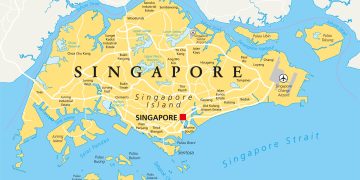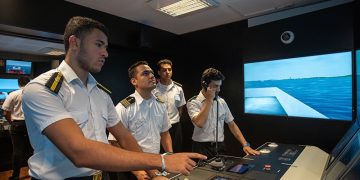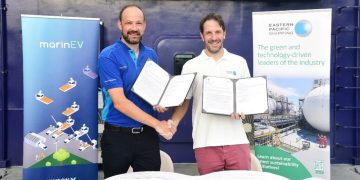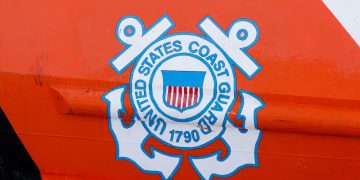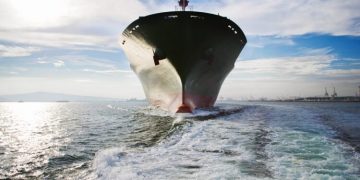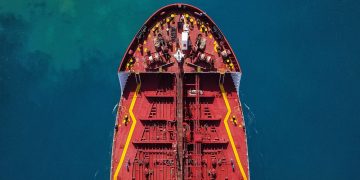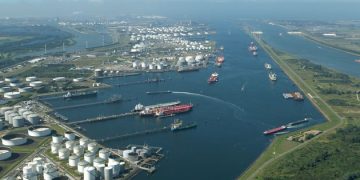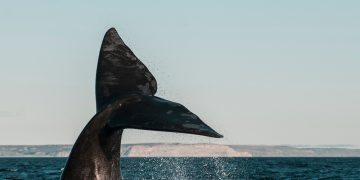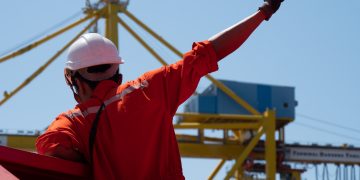Frozen sea samples link climate, chemistry and carbon
Thousands of sea water samples are being collected by research vessels around the British Isles as part of an 18 month study of how much carbon dioxide is taken up (and released) in UK waters. Coordinated by the National Oceanography Centre (NOC), the University of Liverpool and Plymouth Marine Laboratory, the shelf-wide sampling project is part of the larger Shelf Sea Biogeochemistry programme, jointly funded by the Natural Environment Research Council (NERC) and the Department for Environment, Food and Rural Affairs (Defra). The sampling covers an area from Rockall to beyond the Scilly Isles and most of the North Sea and is unique in its scale and seasonal coverage. This project involves ships from four organisations: Centre for Environment, Fisheries and Aquaculture Science (CEFAS) Marine Scotland, the Agri-Food and Biosciences Institute (AFBI) and the Marine Institute in Ireland. Since April, staff onboard the vessels have been collecting samples of the seawater at noon every day in special glass tubes, then syringe filtering and freezing them. Additional data are also being collected by Ferryboxes – specialist equipment that analyses water samples – on ferries from Germany, Spain and Norway into UK waters. Over the past few months, crates of frozen samples ...
Read more



